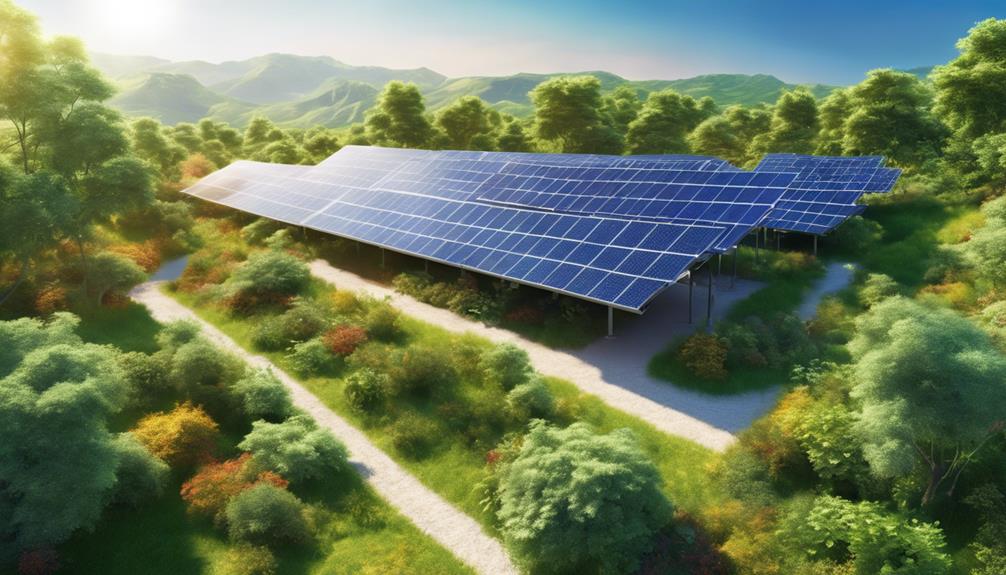
Perovskite solar cells have emerged as a revolutionary technology in the field of renewable energy. With their unique structure and properties, they promise higher efficiency at a lower cost compared to traditional silicon-based solar cells. However, one of the most pressing questions for consumers, investors, and researchers alike is: what is the current perovskite solar cell price? In this article, we will explore various factors that influence the price of perovskite solar cells, their advantages, market trends, and future predictions.
What Are Perovskite Solar Cells?
Perovskite solar cells are named after the mineral perovskite, which has a specific crystal structure that allows for effective light absorption. These cells typically use a hybrid organic-inorganic lead or tin halide-based material as the light-harvesting layer. The unique properties of perovskite materials, including their tunable bandgap and high absorption coefficients, enable them to achieve impressive power conversion efficiencies, often exceeding 25% in laboratory settings. The combination of superior performance and ease of fabrication has led to increased interest in the commercialization of perovskite solar technology.
The Factors Influencing Perovskite Solar Cell Price
Understanding the current perovskite solar cell price involves considering various factors that contribute to its cost. Firstly, the raw materials used in manufacturing these cells play a crucial role. While traditional silicon solar cells rely on abundant materials, perovskite cells often use scarce elements like lead, which can fluctuate in price due to market demand and mining issues. Additionally, the manufacturing processes for perovskite solar cells are still being optimized. Techniques such as vapor deposition and solution processing can vary greatly in cost, impacting the overall price of the final product.
Comparing Perovskite Solar Cell Price with Traditional Solar Cells
When evaluating the perovskite solar cell price, it’s essential to compare it with traditional silicon-based solar cells. Currently, the average price of silicon solar panels ranges from $0.50 to $1.00 per watt, largely due to the mature supply chain and large-scale manufacturing capabilities. In contrast, perovskite solar cells are still in the early stages of commercialization, resulting in higher production costs. However, recent advancements in technology and manufacturing processes are expected to lower the perovskite solar cell price significantly in the coming years, making them a more competitive option in the renewable energy market.
Market Trends and Projections for Perovskite Solar Cell Price
As the technology matures, market trends indicate potential reductions in perovskite solar cell price. The global push for renewable energy and government incentives for solar energy adoption are driving research and development in this area. According to various industry reports, the perovskite solar cell market is expected to grow rapidly over the next decade. Analysts predict that by 2030, the price of perovskite solar cells could drop to as low as $0.30 per watt, making them a viable alternative to traditional solar technologies and accelerating their adoption worldwide.
Advantages of Perovskite Solar Cells
The advantages of perovskite solar cells extend beyond just their potential price reduction. These cells can be manufactured using less energy and at lower costs than traditional solar cells. Their lightweight and flexible nature allows for a variety of applications, including integration into building materials and portable devices. Furthermore, perovskite solar cells can be produced in a variety of colors and transparencies, making them aesthetically appealing for architectural applications. The combination of these benefits positions perovskite technology as a game-changer in the solar energy landscape.
Challenges Facing Perovskite Solar Cell Price Reduction
Despite the promising future of perovskite solar cells, several challenges remain that could hinder significant price reductions. One major concern is the stability and longevity of perovskite materials, which can degrade more quickly than traditional silicon cells when exposed to moisture or UV light. Manufacturers are actively researching ways to improve the durability of these cells, but until solutions are widely implemented, the perovskite solar cell price may remain higher than expected. Additionally, regulatory hurdles and public perception of new technology can affect market adoption and pricing.
Future Innovations and Their Impact on Perovskite Solar Cell Price
Innovation is a driving force behind the development of perovskite solar cells. Researchers are exploring new materials, such as tin-based compounds, which offer a more environmentally friendly alternative to lead. Moreover, advancements in tandem solar cell structures, which combine perovskite cells with traditional silicon cells, could enhance efficiency and lower costs further. As these innovations come to fruition, they are likely to have a significant impact on the perovskite solar cell price, making them more accessible to both consumers and businesses looking to invest in renewable energy solutions.
Conclusion: The Future of Perovskite Solar Cell Pricing in Renewable Energy
In conclusion, the perovskite solar cell price is influenced by a multitude of factors, including material costs, manufacturing processes, and market trends. While current prices are higher than traditional silicon solar cells, ongoing research and development hold the promise of significant reductions in the future. As technology improves and the market matures, perovskite solar cells are poised to become a more viable and cost-effective solution for renewable energy. As we move towards a more sustainable future, keeping an eye on the evolution of perovskite solar cell pricing will be essential for consumers, researchers, and investors alike.
In a world increasingly focused on sustainability, the potential of perovskite solar cells cannot be underestimated. Their unique advantages, combined with ongoing innovations, make them an exciting area for investment and development in the renewable energy sector.





